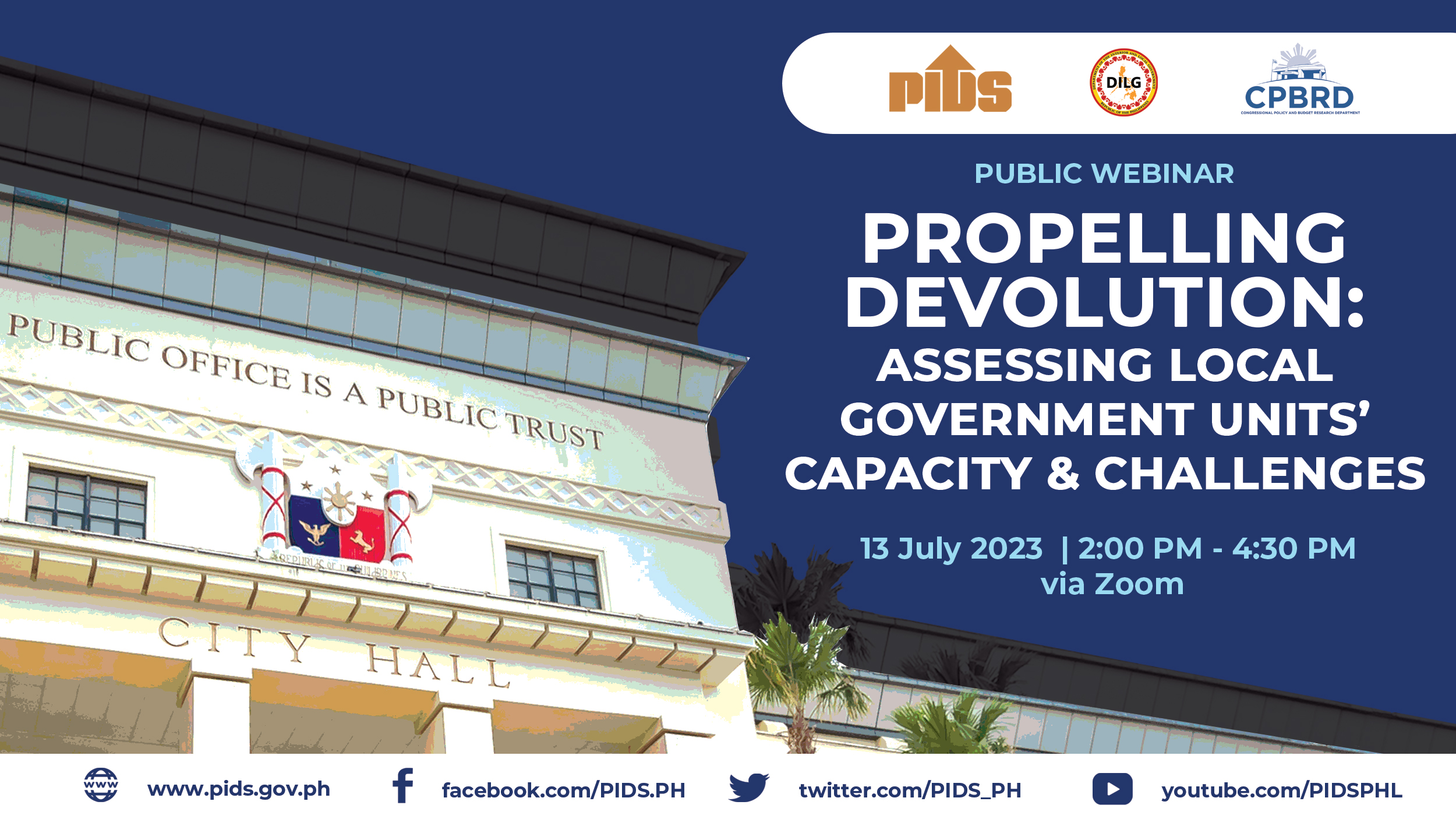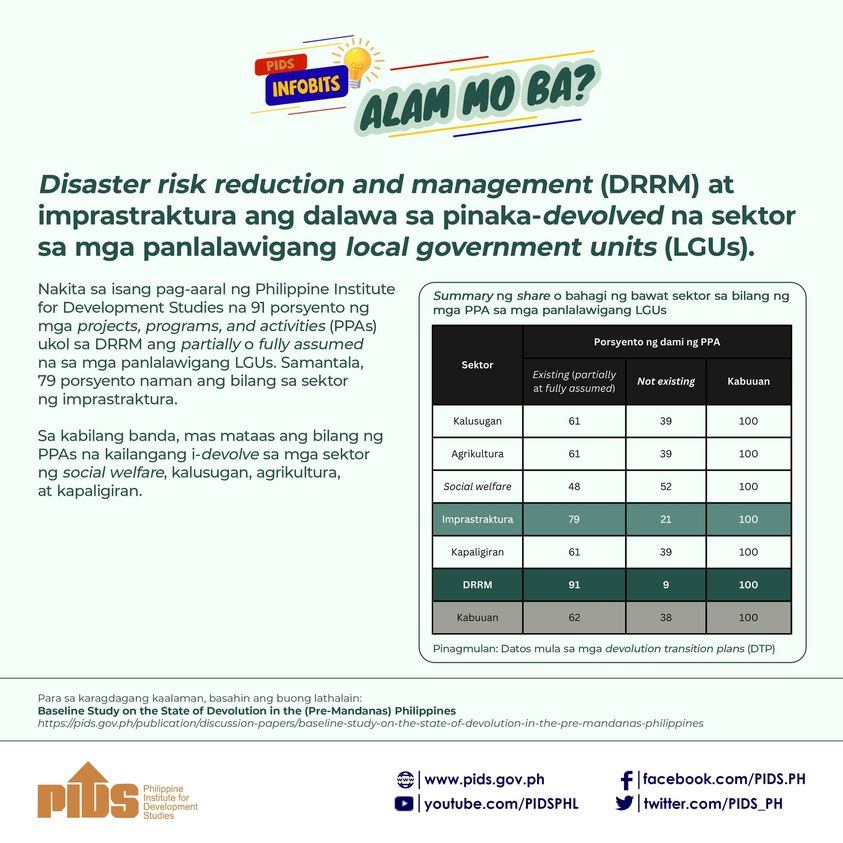The National Economic and Development Authority (Neda) and the Philippine Institute for Development Studies (PIDS) have raised concerns regarding the formula to be used to create sustainable economies under a federal form of government in the country.
In a presentation on Wednesday, Neda Undersecretary Rosemarie G. Edillon said in its current state, the RISE UP, or Readiness Index for Sustainable Economies Under PHederalism, formula could result in “double counting” of certain indicators such as income.
RISE UP aims to determine the economic viability of regions that will be created under a federal Philippines. The formula takes into consideration the composite scores the human development index (HDI) and the competitiveness index.
“Some of the indicators used are also composite indicators like the HDI and the [global] competitiveness index [GCI] and this could result in double counting of the subcomponents for instance per capita income, is actually included in the HDI, it is also used as basis for the poverty incidence,” Edillon said.
Edillon also expressed reservations on the use of land in the index, saying that it is unclear as to how this variable is treated since it can indicate natural resources and/or governance.
She also explained the difficulty of providing province-based income and poverty incidence data since the country’s existing information is only regional in scope and not provincial.
The Neda official said province-based data on income and poverty will only be made available next year since the Family Income and Expenditure Survey will be conducted this year and the design of the survey already includes province-based information.
“What we think should happen is not really, you’re right that there should not be a region left behind. In fact, it’s not really important to equalize the income across the region, but really equalize opportunities,” Edillon said.
PIDS President Celia M. Reyes also expressed the same reservations in her presentation and also added that there needs to be some consultations with experts on geospatial issues, such as those from the University of the Philippines School of Urban and Regional Planning.
She also recommended that the governance index in RISE UP be removed because once the government becomes federal, the estimates using the current data based on a unitary form of government may not accurately reflect the capacity of a federated region.
Reyes also said there is a need to improve the components of the index. Instead of using composite indices such as the HDI and the GCI, the consultative committee should instead use separate data such as household incomes, population, GDP or gross regional domestic product, and labor force survey data, among others.
“The economic indicators that may be considered are those that reflect the regional capacities in terms of physical assets; human capital; size of the economy; structure of the economy and existing infrastructure that enables connectivity of territories with the region states,” Reyes added.
Meanwhile, both Neda and PIDS recommended the review of the study done by Urban-Regional Planner Arturo Corpuz, which suggested key components to ensure the economic viability of a region.
Corpuz, quoting Edillon’s study, said it is important for federated regions to include urban centers with a population of around 700,000 people to drive and sustain the regional economy.
The PIDS said a well-organized core urban system within region-states can be considered as the “permanent structures” in the regional economy.
“The urban centers or agglomeration economies have a major role in the growth and poverty reduction of regions. Greater concentration puts people and places closer which result in increased access to employment opportunities and to higher levels and larger scales of services,” Reyes said.
The Consultative Committee tasked to review the 1987 Constitution is currently deliberating on how the constituent units of the federal system will be formed.
The process involves determining the criteria for their formation: indicators, factors to consider; number and composition; governance and administrative structure; powers and functions to be given; resources or funding; and process of forming them.












